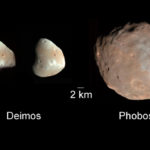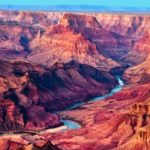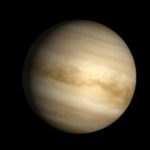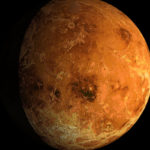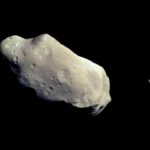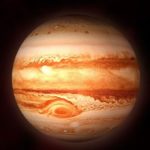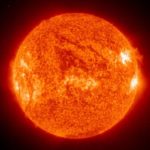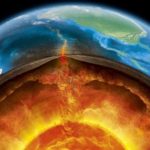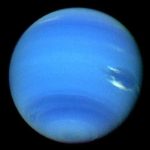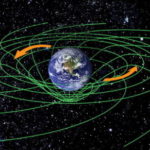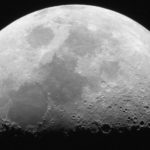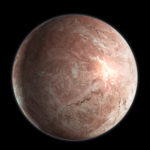Interesting facts about the planet Mars
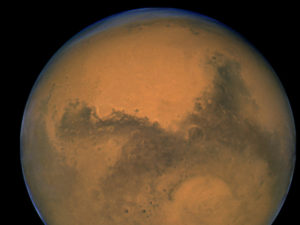 Mars. Red planet, eye-catching, rising cloudless at night on the horizon with a bright red dot. He was not at all the same as he was imagined by science fiction writers, and he conceals thousands of unsolved mysteries. While not yet unraveled …
Mars. Red planet, eye-catching, rising cloudless at night on the horizon with a bright red dot. He was not at all the same as he was imagined by science fiction writers, and he conceals thousands of unsolved mysteries. While not yet unraveled …
Mars is the planet most similar to the Earth in the Solar system.
The subtle atmosphere of Mars consists mainly of carbon dioxide.
The Martian Mount Olympus is the highest mountain in the solar system, its height is 27.4 kilometers.
Canyon “The Mariner’s Valley” on Mars is much deeper and longer than the Grand Canyon on Earth.
The density of the Martian atmosphere is about one percent of the Earth’s atmosphere.
Mars does not have a magnetic field.
Due to the absence of the ozone layer, solar radiation on Mars is extremely dangerous.
Martian sandstorms can capture huge areas and last for months.
Only a third of all spacecraft ever sent to Mars has reached its goal.
The gravity of Mars is two and a half times weaker than on Earth.
Mars is the first candidate for colonization.
One of the theoretical possibilities to “warm up” Mars, discussed by scientists is the atomic bombardment of the planet.
In winter, a fifth of the atmosphere freezes on Mars and drops out in the form of dry ice.
Mars is ten times lighter than the earth and half as large as diameter.
The Martian day is longer than the earth’s day for 37 and a half minutes.
A reddish-brown color is given to Mars by iron oxide, which is very much in Martian soil.
There was once enough water on Mars and, most likely, there was a full-fledged atmosphere.
The bark of Mars is integral, unlike the earth’s crust, which consists of separate tectonic plates.
The year on Mars lasts 687 earth days.
The names of the satellites of Mars, Deimos and Phobos are translated as “Fear” and “Horror” respectively.
The largest volcano in the Solar System, six hundred kilometers in diameter, is located on Mars.
The average temperature on Mars is about -80 degrees Celsius.
Another of the colonization ideas with a prospect for the future is the delivery of ice to Mars from the rings of Saturn.
When the core of Mars began to cool down, the magnetic field of the planet weakened, and then completely disappeared. This was the reason why the atmosphere was “blown away” by the solar wind and practically flew to outer space, taking water with them.
